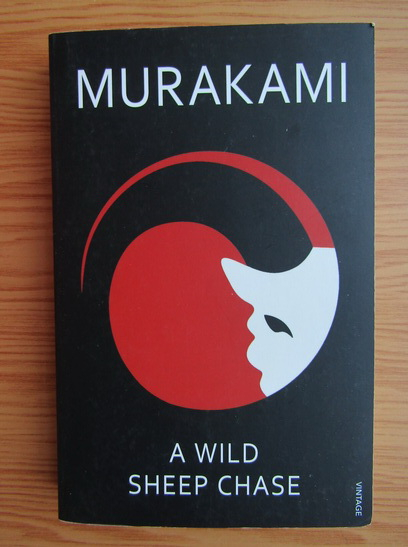
Aided by his girlfriend’s low-grade psychic abilities and a few strangers along the way, he discovers the interlocking pieces that ultimately lead to the surprising truth about the sheep. Thanks to his use of the photo, our narrator finds himself saddled with the task of sheep-location under the threat of financial ruin or worse.Īfter considering his options (or lack thereof), the protagonist sets off on a journey to Hokkaido, the last-known location of his friend who took the photo.

It doesn’t match any of the known species in Japan, and it holds an unexplained significance to The Boss– a dying right-wing politico whose personal secretary has taken it upon himself to have the sheep found. In the field, there’s one sheep that shouldn’t exist. The protagonist received the seemingly unassuming photo as a postcard from an old friend, but it turns out that the image is more than meets the eye. This life is quickly interrupted, however, when a mysterious man stops by his ad agency to inquire about a photo in an ad he produced showing a herd of sheep in a mountain pasture.

He’s married to mediocrity, living a quietly mundane life with few interpersonal connections. There’s nothing particularly special about the novel’s unnamed protagonist. Populated by a cast of offbeat characters and dripping with the author’s signature style, the novel is a zany and dream-like mystery that only he could have written.

In his utterly unique 1982 novel, A Wild Sheep Chase, Haruki Murakami tells the tale of an advertising executive undertaking a peculiar quest through the Japanese countryside in search of a one-of-a-kind sheep with a star on its back.


 0 kommentar(er)
0 kommentar(er)
